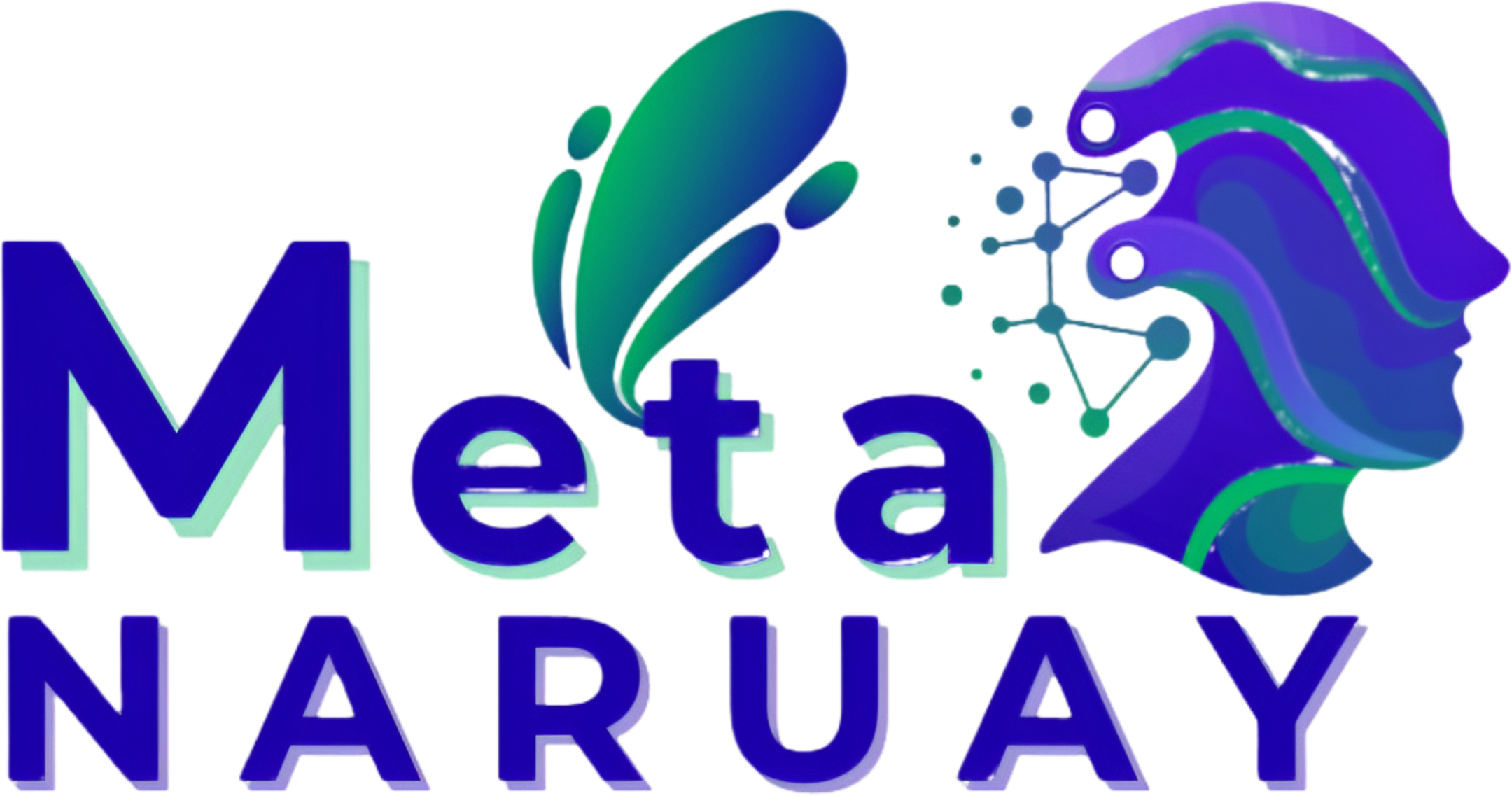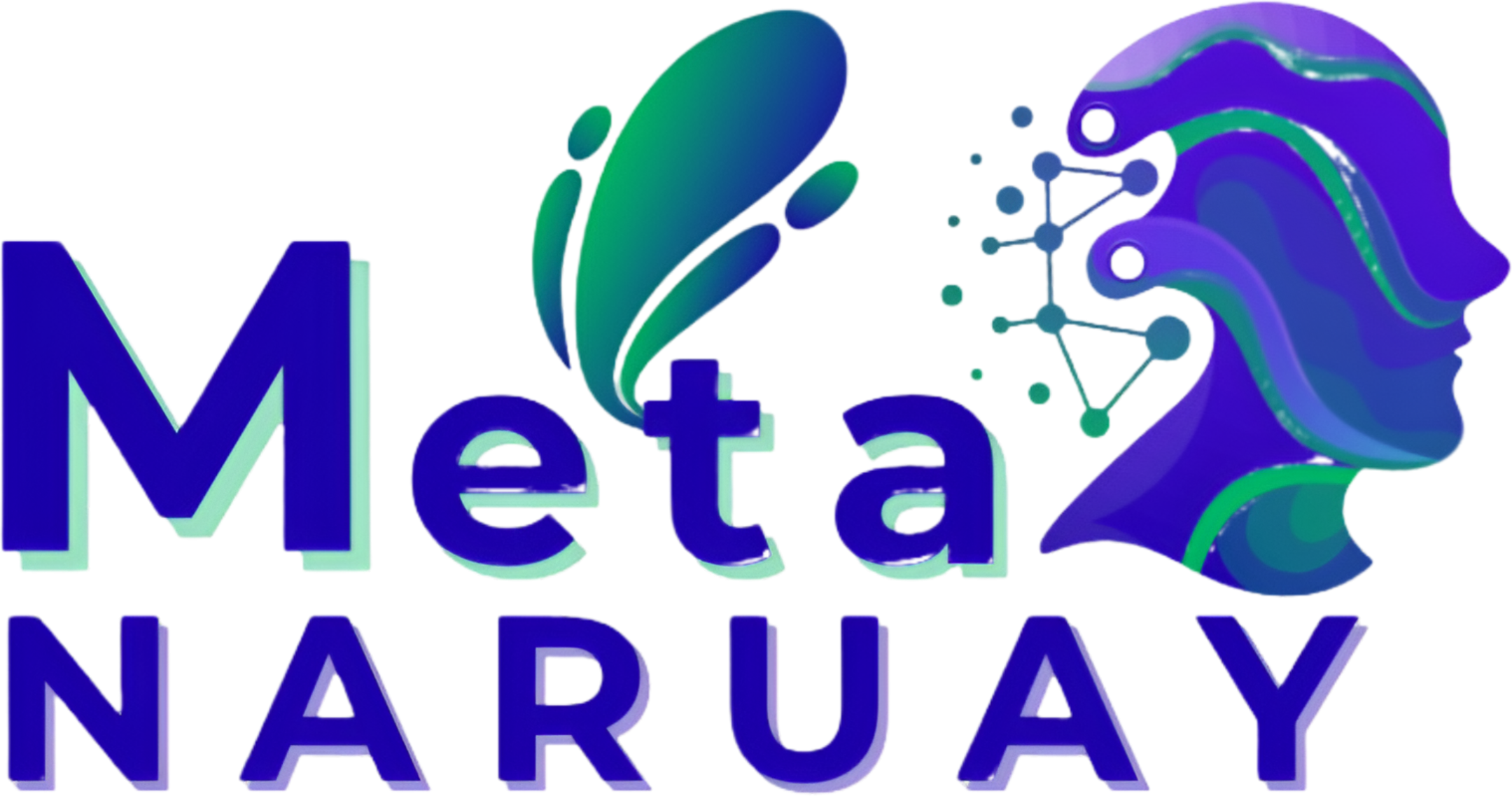North America, encompassing the United States and Canada, stands as the unequivocal powerhouse of the global hearing screening and diagnostic devices market, not only in terms of current revenue share but also as a hub for technological innovation and early adoption. This regional dominance is a result of several synergistic factors: a high average per capita healthcare expenditure, a well-established and sophisticated healthcare infrastructure, and mandatory, state-level Universal Newborn Hearing Screening (UNHS) mandates. The U.S. market, in particular, benefits from a robust ecosystem of large medical device manufacturers, highly organized audiology professional bodies, and favorable reimbursement policies that encourage both hospitals and private clinics to regularly upgrade their diagnostic equipment to the latest technological standards. Furthermore, high public awareness of hearing health, coupled with a large, affluent elderly population (a prime demographic for age-related hearing loss diagnosis), ensures a consistent, high-volume demand for diagnostic services.
The investment trends within North America are heavily skewed towards the development and commercialization of next-generation, high-tech solutions. Manufacturers in this region are leading the charge in integrating AI and cloud-connectivity into their diagnostic platforms, focusing on devices that offer superior noise reduction, automated interpretation, and seamless integration with complex electronic health record (EHR) systems. This focus on digital health solutions is driving significant venture capital and private equity investment into specialized audiology tech startups, particularly those offering tele-audiology or remote diagnostic services. The demand is particularly high for advanced clinical audiometers capable of extended high-frequency testing and complex Auditory Brainstem Response (ABR) systems. Detailed market research reports consistently underline the strategic importance of this region. Analysis confirms that the financial stability and high technological readiness of this geographical area are primary engines of growth for the global **Hearing Screening Diagnostic Devices Market**, reinforcing its position as the largest revenue generator and a critical benchmark for global industry performance.
While North America leads in overall revenue, the competitive landscape is intensely dynamic, with both domestic titans and strong international players vying for market share. Competition often hinges on product innovation, after-sales service, and the ability to offer comprehensive product suites that cater to both screening and full diagnostic needs. Hospitals remain the single largest end-user segment, driven by the volume of UNHS and routine adult inpatient consultations. However, the fastest-growing segment is independent audiology clinics, which demand the highest specification equipment to support a wide range of specialty services, including cochlear implant mapping and advanced hearing aid fitting. Product-wise, high-fidelity diagnostic audiometers and complex immittance systems (tympanometers) account for a significant portion of the revenue, reflecting the region’s commitment to thorough diagnostic evaluation following initial screening protocols.
Looking forward, North America's continued dominance will be shaped by its ability to manage rising healthcare costs while maintaining quality of care. This pressure is accelerating the adoption of cost-effective, time-efficient, and highly portable screening devices for use in primary care and retail settings, pushing diagnostics outside the traditional clinic. Regulatory changes, such as the potential for over-the-counter (OTC) hearing aids, are also indirectly influencing the diagnostic market by increasing general public awareness and prompting more people to seek professional diagnostic validation before purchase. The ongoing investment in digital platforms, telehealth infrastructure, and artificial intelligence integration ensures that the region will remain at the forefront of audiological innovation. By continuing to set high standards for both screening and diagnostic accuracy, North America secures its role as the global driver and bellwether for the future of the hearing screening and diagnostic devices industry.




